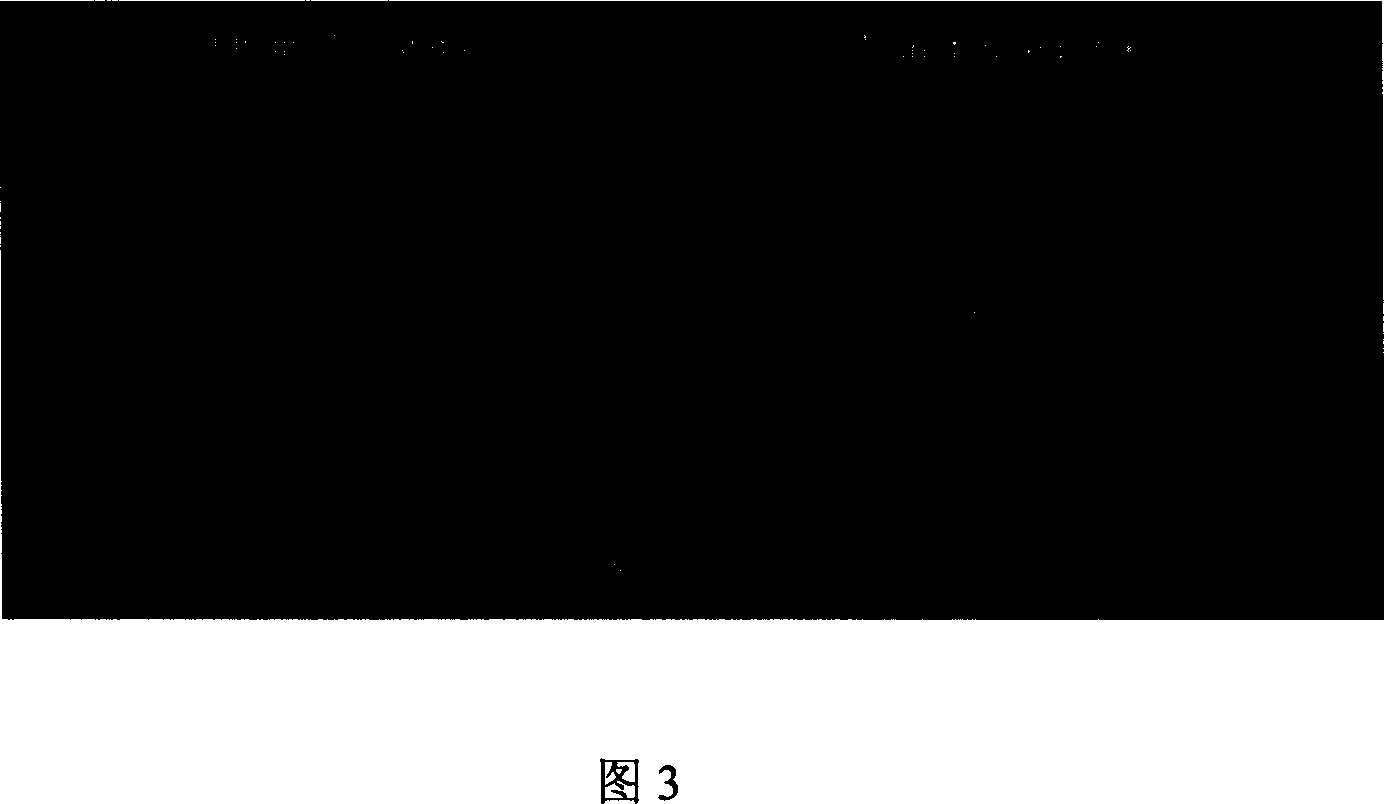Analysis of sea-horse quantitative shape in magnetic resonance image
A technology of magnetic resonance data and hippocampus, which is applied in diagnostic recording/measurement, medical science, sensors, etc., can solve problems such as inaccuracy, poor effect, and influence on the credibility of statistical analysis results
- Summary
- Abstract
- Description
- Claims
- Application Information
AI Technical Summary
Problems solved by technology
Method used
Image
Examples
Embodiment Construction
[0021] As shown in Figure 1:
[0022] Step 1 (S1): Magnetic resonance image acquisition.
[0023] The usual high-resolution 3-dimensional T1-weighted images are scanned by spin echo sequence (SE) or gradient echo sequence (SPGR) at 1.5 Tesla, and the spatial resolution is on the order of millimeters. With the development of magnetic resonance imaging technology, there are more and more scans using 3Tesla magnetic field strength. This scan method has higher resolution and clearer images.
[0024] Step 2 (S2): hippocampus segmentation.
[0025] The hippocampus itself belongs to the gray matter. It is almost the same gray scale as the surrounding tissue, and it is difficult to distinguish. The amygdala, another gray matter structure in the head, is even connected to each other, which brings great difficulties to the segmentation of the hippocampus. At present, the automatic segmentation method based on grayscale, feature and prior knowledge is not mature enough, and the accurac...
PUM
 Login to View More
Login to View More Abstract
Description
Claims
Application Information
 Login to View More
Login to View More - R&D
- Intellectual Property
- Life Sciences
- Materials
- Tech Scout
- Unparalleled Data Quality
- Higher Quality Content
- 60% Fewer Hallucinations
Browse by: Latest US Patents, China's latest patents, Technical Efficacy Thesaurus, Application Domain, Technology Topic, Popular Technical Reports.
© 2025 PatSnap. All rights reserved.Legal|Privacy policy|Modern Slavery Act Transparency Statement|Sitemap|About US| Contact US: help@patsnap.com



